Understanding the 2022 Changes to Emergency Responder Radio Coverage Requirements in California
The California Fire Code (CFC) has undergone significant changes in its 2022 edition, particularly concerning Emergency Responder Radio Coverage (ERRC) systems. These changes are not just a matter of compliance; they could also have financial implications for building owners and developers. Let's delve into the key differences between the 2022 CFC and the 2019 California Building Code (CBC) to understand why the newer edition could potentially increase the cost of implementing an ERRC system.
Signal Strength: More Than Just Coverage
The 2022 CFC requires 99% coverage in critical areas, a slight relaxation from the 100% required in the 2019 edition. However, this is not as lenient as it appears. The 2022 edition introduces a minimum inbound signal strength of -95dBm, a specification absent in the 2019 code. To maintain this level of signal strength throughout a building, you may need to invest in additional signal boosters, repeaters, or antennas. This is particularly true for buildings with "radio-unfriendly" areas like basements, elevator shafts, or thick-walled sections.
Standby Power: Longer Lasts Longer
The 2022 edition mandates 12-hour standby batteries if connected to the facility generator, a significant increase from the 2-hour standby batteries required in the 2019 edition. Longer-lasting batteries come with a higher price tag, adding to the overall cost of the system.
Installation Requirements: It's All in the Details
The 2022 CFC has more specific requirements for mounting donor antennas. These could necessitate structural changes or additional hardware, thereby increasing costs. It's crucial to factor these into your budget and planning.
Maintenance and Notifications: The Admin Factor
The 2022 edition includes local requirements and notifications to emergency-responder and/or communication-system-provider agencies. This could add administrative costs or necessitate system modifications, adding another layer of complexity and expense.
Acceptance Test Procedure: More Tests, More Costs
While both editions require a 95% coverage test, the 2022 edition allows for the division of exceptionally large floors into sections. This could require additional testing and potentially more equipment to meet the coverage requirements.
LAFD Requirement #105: A Special Mention
For those based in Los Angeles, it's essential to consider the LAFD Requirement #105, which provides guidelines for emergency responder communication systems. Although it is based on the outdated 2014 fire code, the 2022 CFC has been adopted and amended by both the County and City of Los Angeles. This means that projects in Los Angeles and other jurisdictions under the 2022 CFC will need to meet these updated, and potentially more stringent, standards.
Conclusion
The 2022 CFC edition is likely to impose higher costs for the implementation and maintenance of an ERRC system compared to the 2019 edition. It's crucial for building owners, developers, and stakeholders to be aware of these changes and plan accordingly to ensure both compliance and budgetary control.
By understanding these changes, you can better prepare for the financial and logistical challenges that lie ahead in implementing an ERRC system that meets the new standards.
